Nikky Finney on using art for change

Transcript
[The words “Art is” appear, followed by scrolling words…Empathy, Healing, Vision, Change, Beauty…it stops at Hope. Art Is Hope.]
Nikky Finney, poet: I feel like I’m a poet of my time. It’s important to remember the stories that help make me who I am. I’m reminded of stories of who I call the prophets of my day. People like Elizabeth Catlett and Romare Bearden and Nina Simone and James Baldwin. Those artists and those moments are crystallized in so many of our lives and in our hearts.
[Nikky reads a poem in her home.]
“And there are more new ones of us born every day… Slavish to things we cannot do without.”
Nikky: And so now I take those lessons learned from that time and bring them forward. Get your pen out, get your palette out, get your microphone out, and get to work.
[Nikky continues reading poetry.]
“Slaves, he said of them all, as he sat before their limited eyes.”
Nikky: These times that we live in are essential for artists to be doing what they are doing, and to be doing it times ten.
[The words “Art is” appear, followed by scrolling words…Hope, Expression, Change, Creativity, Vision…it stops at Justice. Hashtag Art Is Justice. Agree? Share this video.]
[Ford Foundation logo: a globe made up of a series of small, varied circles.]
Accessibility Statement
- All videos produced by the Ford Foundation since 2020 include captions and downloadable transcripts. For videos where visuals require additional understanding, we offer audio-described versions.
- We are continuing to make videos produced prior to 2020 accessible.
- Videos from third-party sources (those not produced by the Ford Foundation) may not have captions, accessible transcripts, or audio descriptions.
- To improve accessibility beyond our site, we’ve created a free video accessibility WordPress plug-in.
“So—you can write pretty,” Toni Cade Bambara tells the twenty-one-year-old Nikky Finney during a monthly writing circle that Bambara held in her Atlanta home during the 1980s. “But what else can your words do besides adorn?” This flat-footed question, put to the young poet at the beginning of her career by the great short story writer, set Finney sailing toward a life of aiming her words to do more than decorate the page. She follows the path, beyond adornment, that Bambara lived and taught—a writing life rooted in empathetic engagement and human reciprocity.
Nikky Finney has been a faculty member at Cave Canem summer workshop for African American poets, and a founding member of the Affrilachian Poets, a particular place for poets of color in Appalachia. She has been poet and professor for 23 years at the University of Kentucky, and visiting professor at Berea and Smith Colleges. She won the PEN American Open Book Award in 1996 and the Elizabeth O’Neill Verner Award for the Arts in South Carolina in 2016. Finney edited the Cave Canem anthology Black Poets Lean South (2007), and authored On Wings Made of Gauze (1985), Rice (1995), Heartwood (1997), The World Is Round (2003), and Head Off & Split, winner of the 2011 National Book Award for Poetry. Her acceptance speech was described by the 2011 NBA host, John Lithgow, as “the best acceptance speech ever—for anything.”
In her home state of South Carolina, Finney involves herself in day-to-day battles for truth and justice while also guiding both undergraduates and MFA students at the University of South Carolina, where she is the John H. Bennett, Jr., Chair in Creative Writing and Southern Letters, with appointments in both the department of English language and literature, and the African American studies program, which she proudly notes is 46-years strong. Finney’s work, in book form and video (and including her now legendary acceptance speech), is on display in the inaugural exhibition of the African American Museum of History and Culture in Washington, D.C. You will find her in the poet’s corner, directly across from Chuck Berry’s 1973 candy apple-red Cadillac Eldorado.
Finney’s work delves into the arenas of black girl genius unrecognized, black history misplaced and forgotten, and tells the stories of women who prefer to jump instead of ride the traditional tracks of polite and acceptable society. In her full body of poetry and storytelling, she explores the whispers and shouts of sexuality, the invisibility of poverty in a world smitten by the rich and the powerful, the graciousness of black family perseverance, the truth of history, and the grace and necessity of memory—as well as the titanic loss of habitat for all things precious and wild.
Other videos in this series
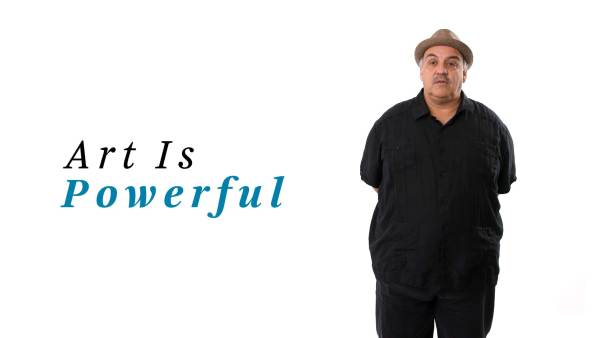
Luis Alfaro on the power of art and imagination
Art is powerful. Playwright Luis Alfaro shares how he uses art to stimulate the imaginations of those who might not be able to see a better life for themselves. He writes plays with narratives that allow people to envision themselves as free in the world.
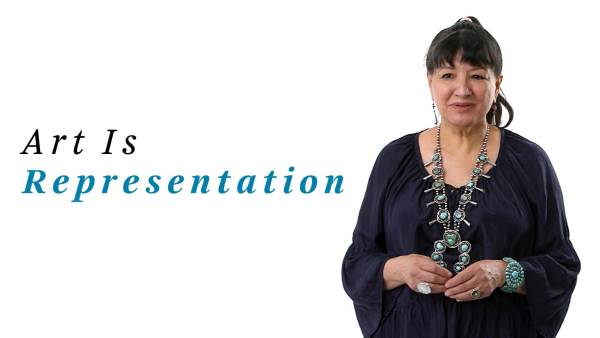
Sandra Cisneros on how art changes lives
Art can change lives for the better. Author Sandra Cisneros writes books that allow young people to see themselves represented on the page. As she says, when people see themselves represented in a way that is empowering, they feel more able to make a difference in the world.
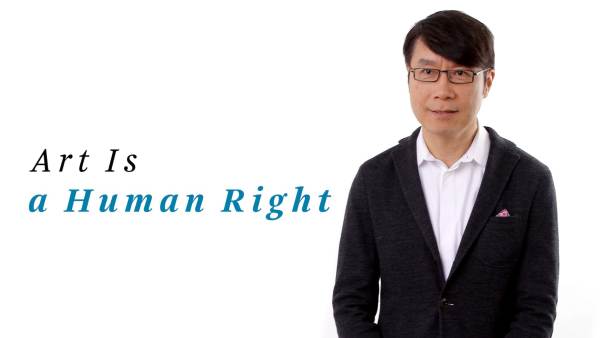
Samuel Hoi on art and human rights
Art is a way to shift reality and make an impact beyond the cultural field. Samuel Hoi cites Good Chance Theater staging shows at a refugee camp in northern France as an example of how art can uplift human rights.
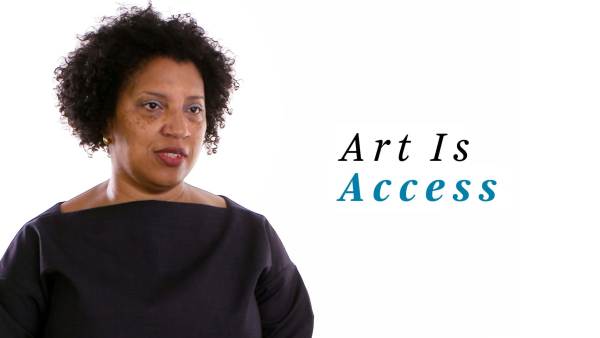
Robin Coste Lewis on how art creates access
Art can be a tool of resistance and beauty. Poet Robin Coste Lewis details how poetry helped her see her body as an aesthetic and political tool, and how art can allow marginalized communities to be seen and included.
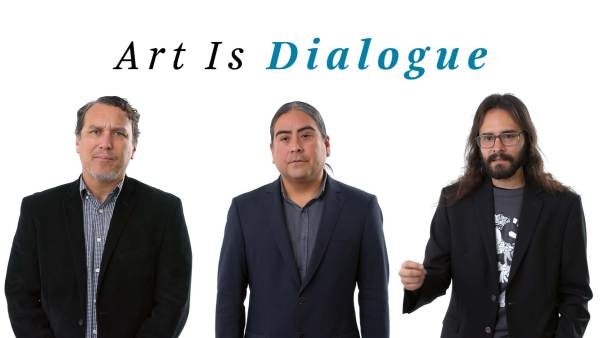
Postcommodity on using art to dialogue
Art can be used to create dialogue between people and break “us-versus-them” mentalities. The collective Postcommodity discusses how it uses art to uplift communities and ensure they have agency to communicate their own needs and desires.
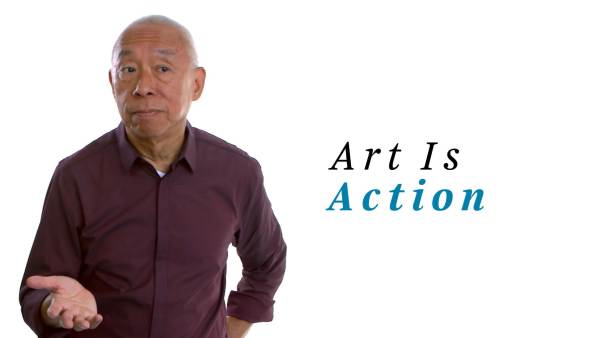
Ping Chong on using art to empower and heal
Art allows us to re-anchor into our humanity. In his work, artist Ping Chong creates spaces for ordinary citizens to speak their own truth on stage. In this way, he heals and affirms people, and helps create a society that’s more just and more humane.
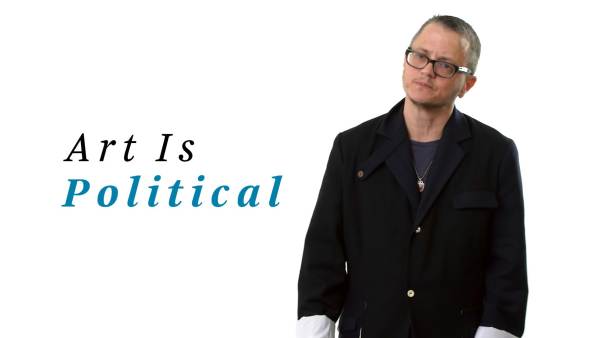
P Carl on the power of curation
Art has to be connected to the politics of our world, because it can bring us together in ways politics can’t. Theater director P Carl believes theater should be curated with the idea that everyone belongs, and in this way, it can help connect people to the issues that really matter.

Mira Nair on cultural representation
Art gives us the ability to see other cultures and to look at the world anew. Director Mira Nair uses film to tell stories of marginalized communities that are not often represented on screen. She believes art can help people see their place in the world.

Michelle Dorrance on how tap represents social change
Art can represent social change, and tap dancer Michelle Dorrance believes the history of American culture can be seen in the history of tap—early tap dancers were catalysts for social change. By referencing the past and showing a vision for the future, dance can change the world.
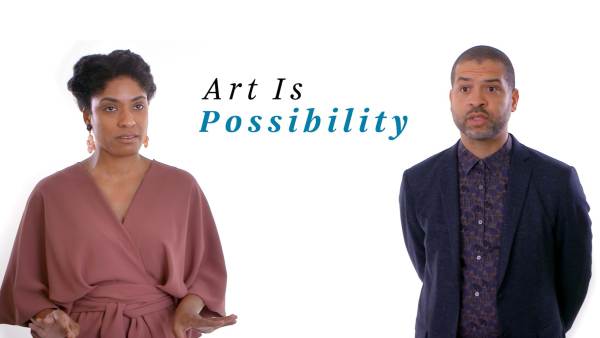
Alicia Hall Moran and Jason Moran on how art is possibility
Art has the power to make a big impact in our world. Musicians and educators Alicia Hall Moran and Jason Moran believe art has the potential to connect people and challenge inequalities. Through art, we can bridge the gap between past and present, and learn more about each other.
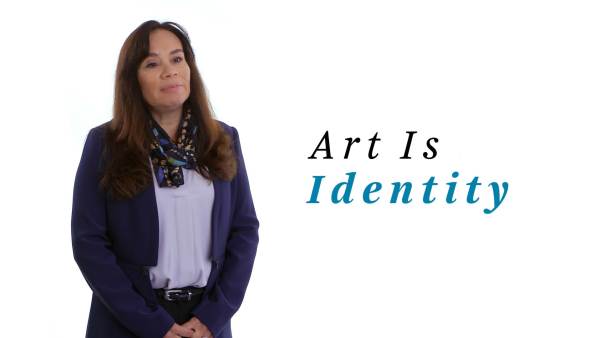
Lori Pourier on the link between art and identity
Art allows us to reveal our identities. President of First Peoples Fund Lori Pourier sees artists as changemakers in society who can help restore history and educate us about our past. In this way, artists can restore both public history and personal identity.
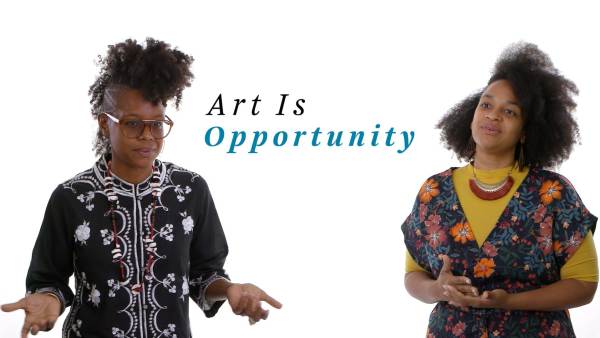
Las Nietas de Nonó on creating opportunities with art
Art gives us the opportunity to create change in communities. The art duo Las Nietas de Nonó use art to share voices of underserved communities in Puerto Rico. They believe in creating theater in alternative spaces, where people’s voices can be heard and a genuine exchange of voices takes place.
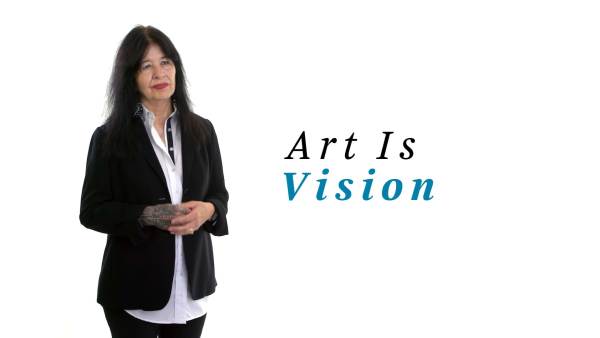
Joy Harjo on how artists have vision
Artists can give vision to a community. Poet Joy Harjo uses her art to strive for gender justice. She believes artists have a responsibility towards growing the communities they’re in, creating a vision for those around them and fostering compassion.
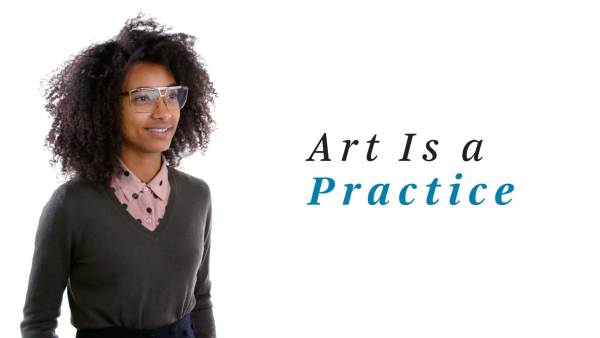
Esperanza Spalding on art as a practice
Art can help heal people. Grammy-winning musician Esperanza Spalding believes artists, through practicing their craft, can experiment and reposition their work to find the best ways to help and encourage people to transform negative situations for the better.
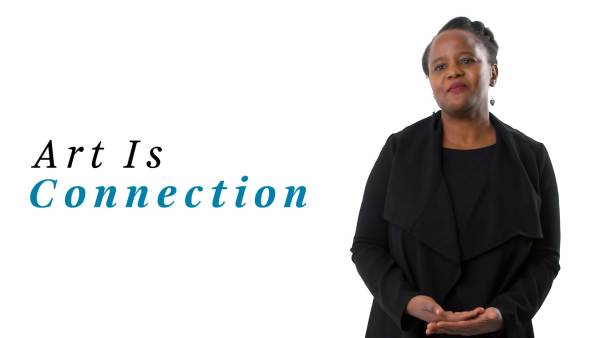
Edwidge Danticat on how literature connects us
Art can transport us to different places and connect us to each other. Novelist Edwidge Danticat uses her writing to share stories that dispel stereotypes and help foster greater understanding. She believes that breaking bias is done through sharing stories.
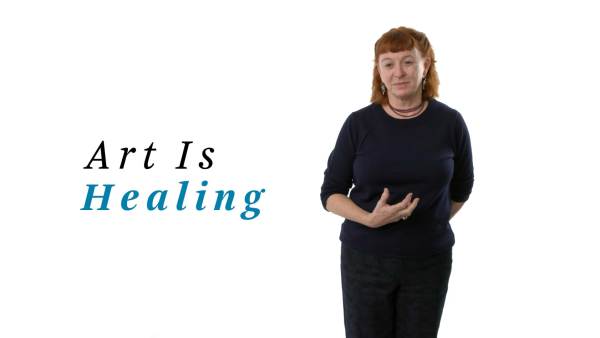
Deborah Luster on how art heals
Art encourages healing by connecting stories between people. Deborah Luster knows firsthand how art can help others heal. She channeled the pain she felt after her own loss to help bring about healing in a prison community.
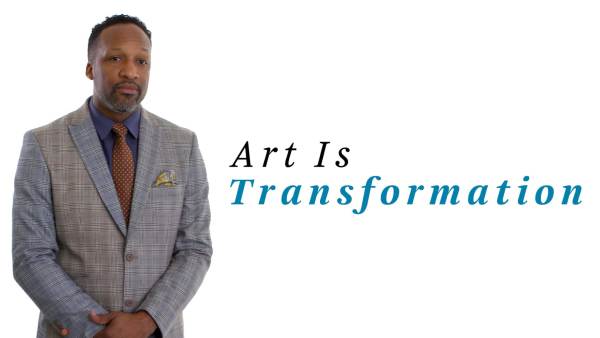
Carlton Turner on how art transforms culture
Artists are cultural strategists working to eliminate oppression and dismantle inequality, says performance artist Carlton Turner. He explains how artists take community work and engage in social transformation by giving voice to those who’ve been disenfranchised. Communities can shift because of the work artists are doing.